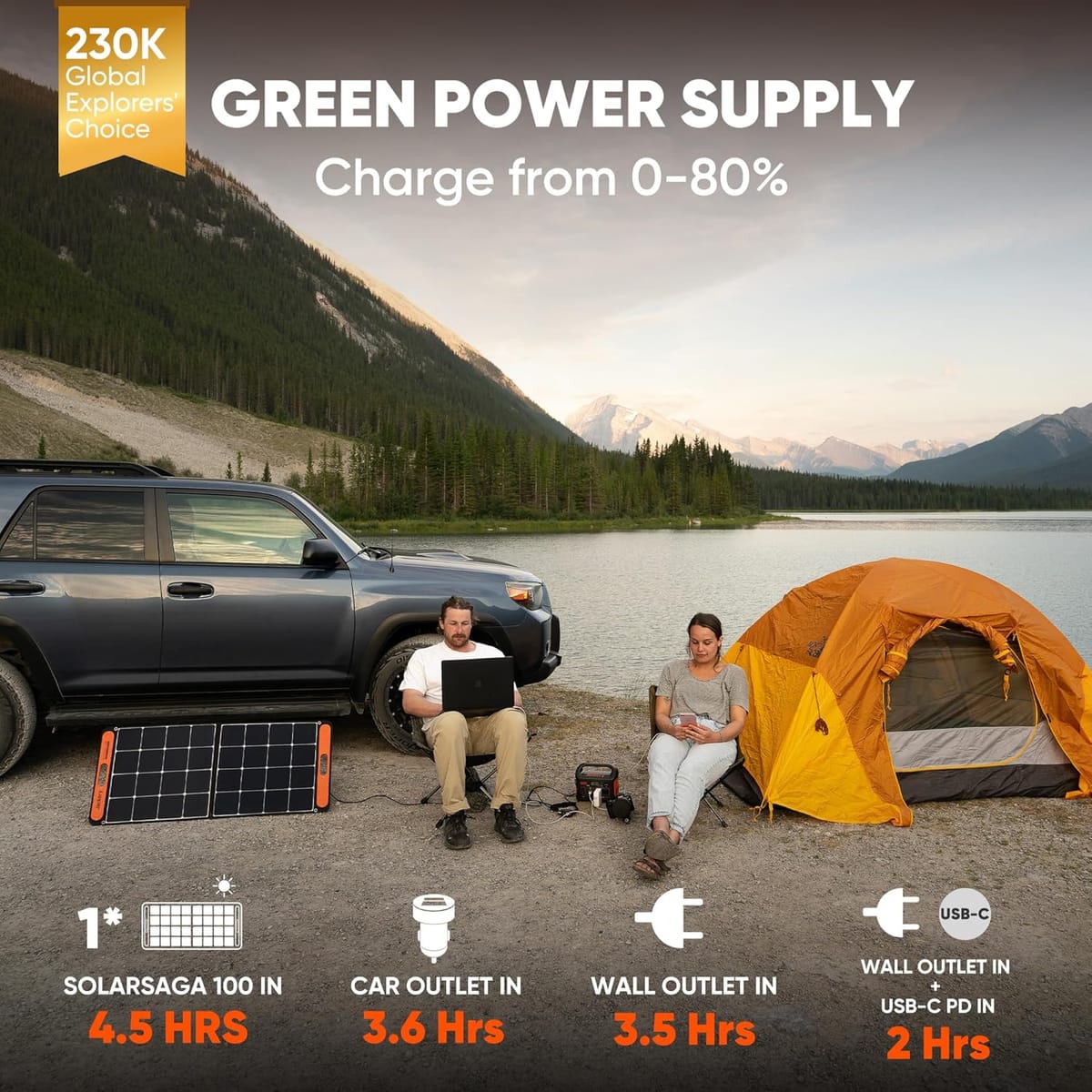Key Takeaways:
- Charging time for portable power stations varies based on capacity, input power, and charging method.
- Understanding the specifications and features of your power station can optimize charging efficiency.
- Different charging methods, such as solar, AC, and car charging, offer flexibility but vary in speed.
Introduction to Portable Power Stations
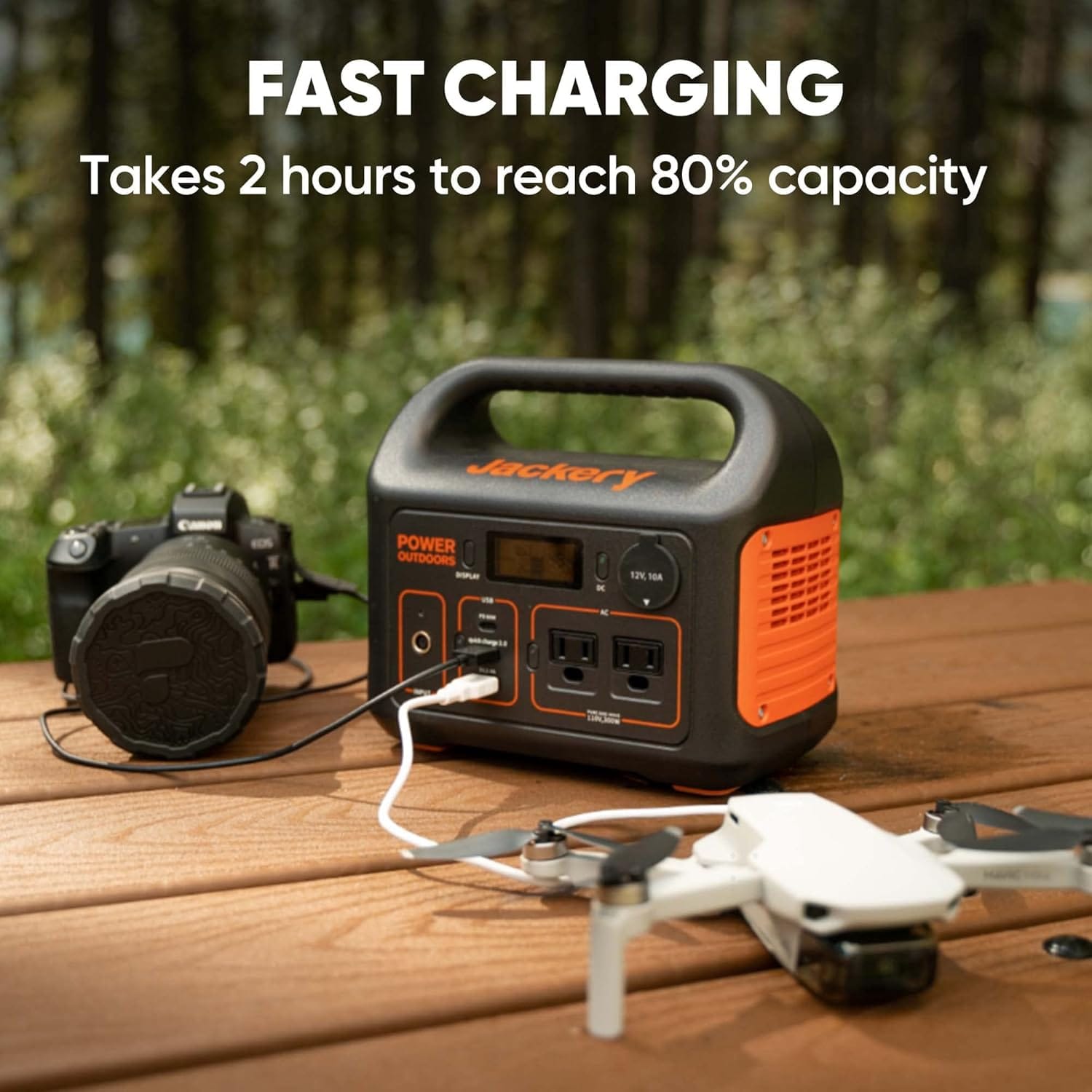
Portable power stations have become the Swiss Army knives of the modern tech world, providing a versatile solution for power needs on the go. Whether you're camping in the wilderness or preparing for a power outage, these devices are a lifeline. But how long does it take to charge one? This question is as common as it is crucial, and the answer depends on several factors.
The charging time for a portable power station can be as varied as the devices themselves. Factors such as battery capacity, input power, and the charging method all play a role. Understanding these elements can help you make the most of your power station, ensuring it's ready when you need it most.
Understanding Battery Capacity
Battery capacity is the cornerstone of any portable power station. Measured in watt-hours (Wh), it determines how much energy the station can store. A higher capacity means more power but also longer charging times. For instance, a 500Wh power station will take longer to charge than a 300Wh model, assuming the same charging method.
When considering battery capacity, it's essential to balance your power needs with the practicality of charging times. If you're planning a weekend camping trip, a smaller capacity might suffice, allowing for quicker recharges. However, for extended use or powering larger devices, a higher capacity is necessary, even if it means longer charging periods.
The Role of Input Power
Input power is another critical factor influencing charging time. This refers to the amount of power the station can accept from a charging source. Typically measured in watts (W), higher input power allows for faster charging. For example, a power station with a 100W input will charge more quickly than one with a 50W input, assuming the same battery capacity.
Manufacturers often provide multiple input options, such as AC, DC, and solar, each with varying power levels. Understanding these options can help you choose the most efficient charging method for your needs. It's like choosing the fastest lane on a highway; the right choice can save you significant time.
AC Charging: The Fast Lane
AC charging is often the quickest method for recharging a portable power station. By plugging into a standard wall outlet, you can take advantage of higher power levels, typically ranging from 60W to 200W or more. This method is ideal for home use, where speed is a priority.
However, AC charging isn't always available, especially when you're off the grid. In such cases, it's essential to have alternative methods at your disposal. But when you're at home or near a power source, AC charging is the way to go for a quick top-up.
Solar Charging: Harnessing the Sun
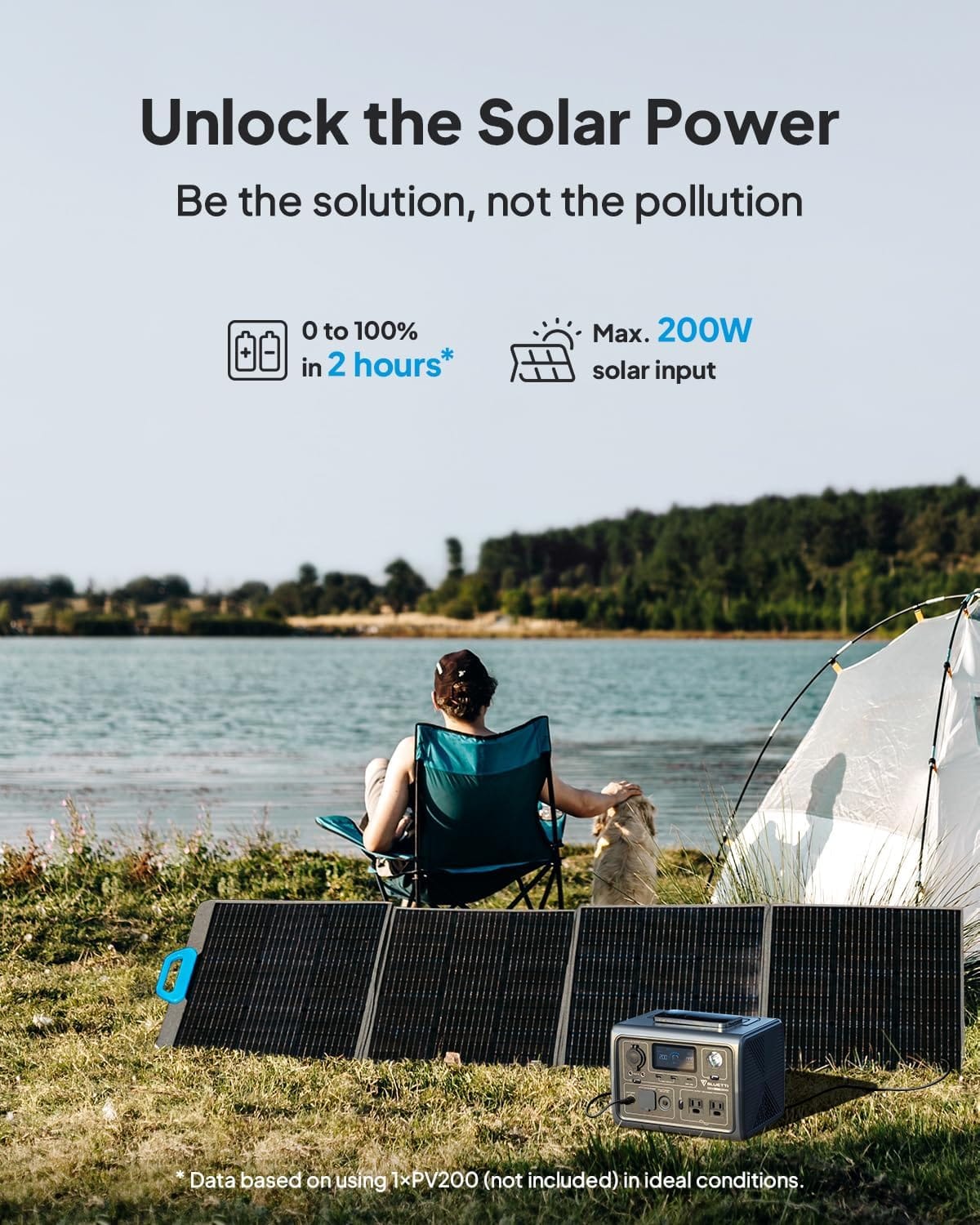
Solar charging offers a sustainable and eco-friendly option, perfect for outdoor enthusiasts. However, it's not the fastest method. Charging times depend on the solar panel's wattage, the power station's input capacity, and weather conditions. On a sunny day, a 100W solar panel might fully charge a 500Wh power station in 6–8 hours.
While solar charging is slower, it provides a continuous power source when you're away from traditional outlets. It's like having a backup generator that runs on sunshine, offering peace of mind and independence from the grid.
Car Charging: On-the-Go Power
Car charging is a convenient option for travelers, allowing you to recharge your power station while driving. This method typically uses a 12V car outlet, providing lower power levels than AC charging. As a result, charging times are longer, often taking 8–12 hours for a full charge.
Despite its slower speed, car charging is invaluable for road trips and emergencies. It ensures your power station is always ready, even when you're miles away from the nearest outlet. It's like having a mobile power bank that charges as you drive.
Factors Affecting Charging Speed
Several factors can influence the charging speed of a portable power station. Temperature, for instance, plays a significant role. Extreme cold or heat can slow down the charging process, affecting battery performance. It's crucial to charge your power station in a stable environment to optimize efficiency.
Additionally, the age and condition of the battery can impact charging times. Older batteries may not hold a charge as well, leading to longer recharge periods. Regular maintenance and proper storage can help extend battery life and maintain optimal charging speeds.
Choosing the Right Charging Method
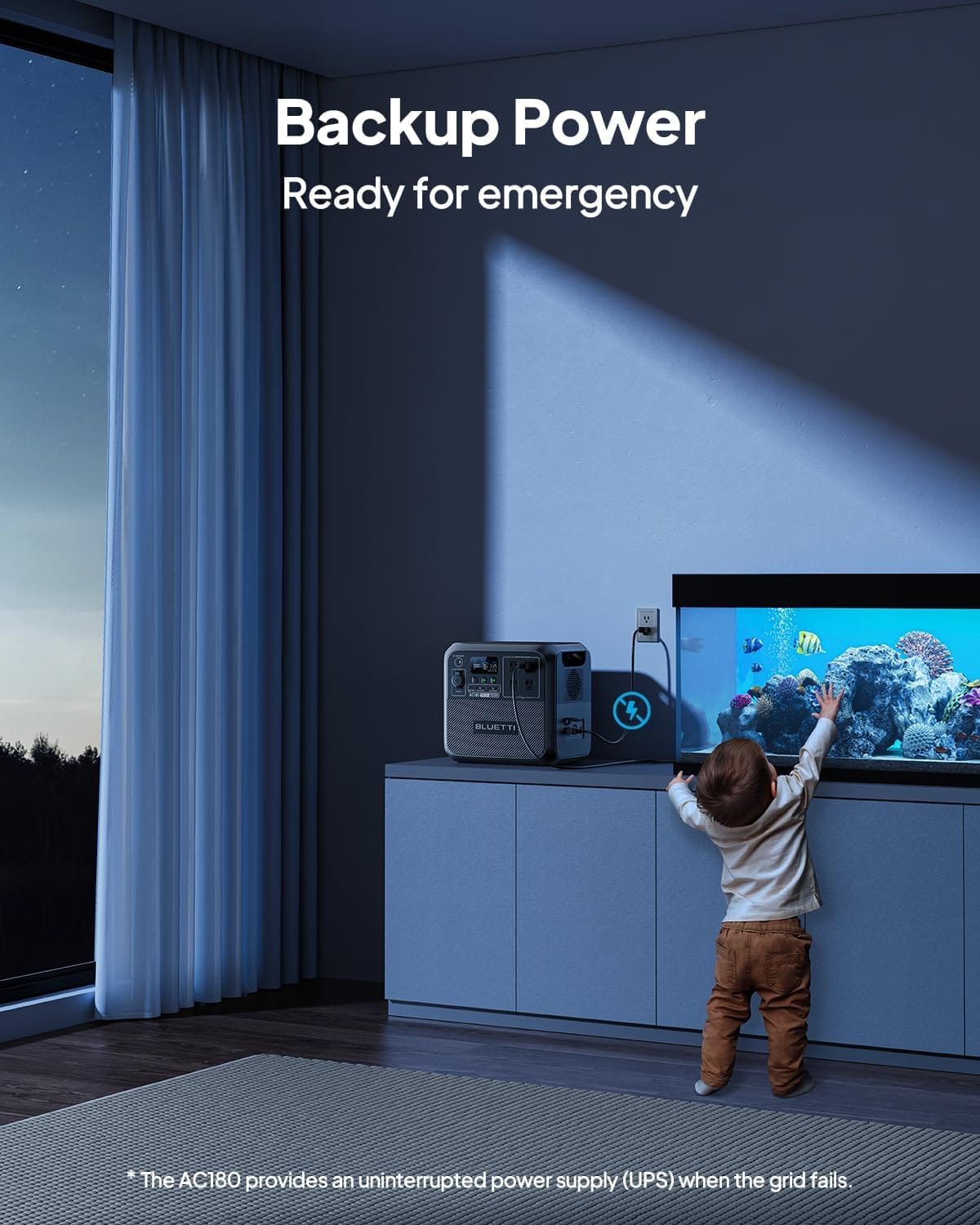
Selecting the appropriate charging method depends on your specific needs and circumstances. If speed is your priority, AC charging is the best option. For sustainable, off-grid power, solar charging is ideal. And for on-the-go convenience, car charging is the way to go.
Consider your typical usage scenarios and choose a power station with the right combination of input options. This flexibility ensures you're prepared for any situation, whether you're at home, on the road, or in the great outdoors.
Practical Examples and Case Studies
Let's look at a practical example. Imagine you're planning a week-long camping trip with a 500Wh portable power station. You have a 100W solar panel and a car charger. During the day, you use solar charging to top up the battery, taking advantage of the sun's energy. At night, you rely on car charging while driving to your next campsite. This combination ensures your power station is always ready, providing a seamless power supply throughout your trip.
Another case study involves a homeowner preparing for potential power outages. With a 1000Wh power station and a 200W AC charger, they can quickly recharge the station during short power windows. This setup provides peace of mind, knowing they have a reliable backup power source for essential devices.
Tips for Efficient Charging
To maximize charging efficiency, follow these tips: First, always use the highest power input available. This reduces charging time and ensures your power station is ready when needed. Second, keep your power station in a stable environment, avoiding extreme temperatures that can affect battery performance.
Regularly check and maintain your power station to ensure optimal performance. Clean the charging ports and inspect the battery for any signs of wear or damage. These simple steps can extend the life of your power station and maintain efficient charging speeds.
Common Mistakes to Avoid
Avoid common pitfalls that can hinder charging efficiency. One mistake is using a low-power charger when a higher-power option is available. This unnecessary extends charging times and reduces the power station's availability.
Another mistake is neglecting battery maintenance. Over time, dust and debris can accumulate in charging ports, affecting connectivity. Regular cleaning and inspection can prevent these issues, ensuring your power station charges efficiently.
Future Trends in Portable Power Stations

The future of portable power stations is bright, with advancements in battery technology and charging methods on the horizon. Innovations such as faster charging technologies and more efficient solar panels promise to reduce charging times and increase convenience.
As these technologies evolve, portable power stations will become even more versatile and user-friendly. Staying informed about these trends can help you make the most of your power station, ensuring it meets your needs both now and in the future.
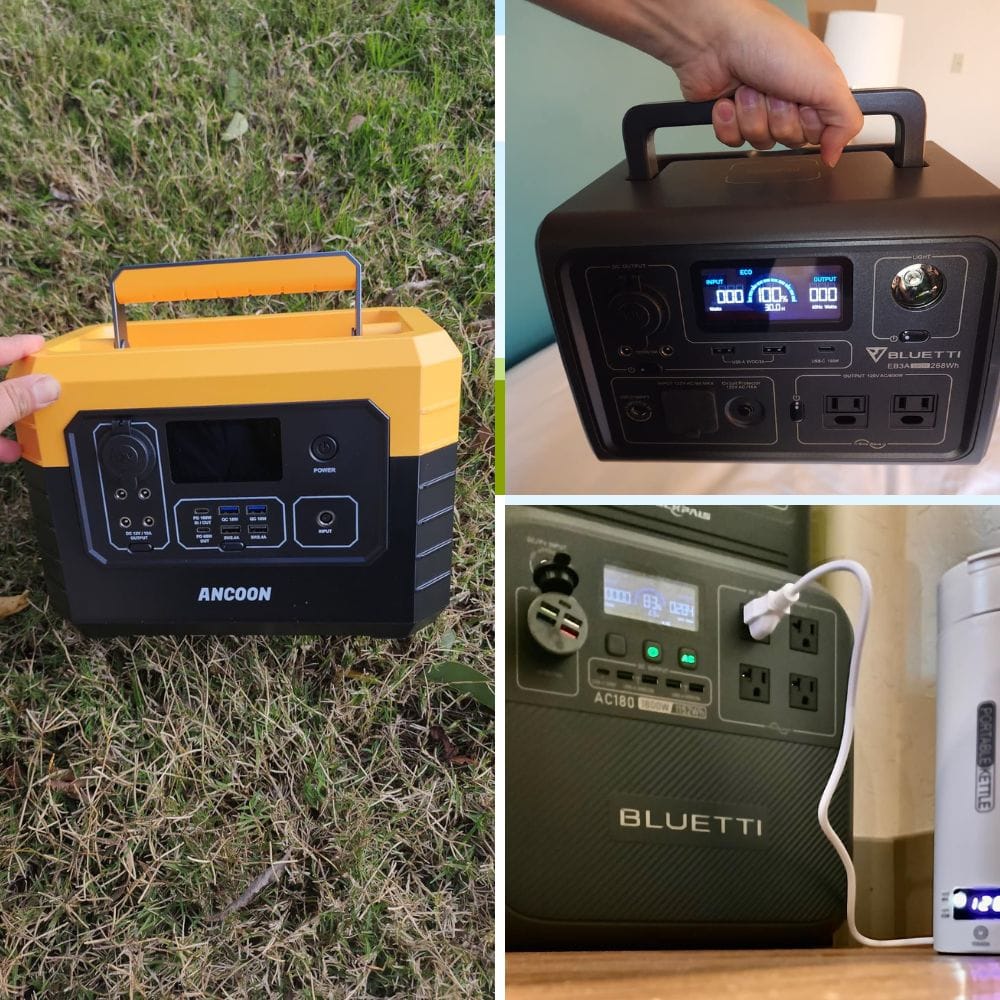

Can I charge my portable power station while using it?
Yes, most portable power stations allow for simultaneous charging and usage. However, this may extend the overall charging time as some of the input power is used to power connected devices.
How can I extend the battery life of my portable power station?
To extend battery life, store your power station in a cool, dry place and avoid extreme temperatures. Regularly charge and discharge the battery to maintain its health, and clean the charging ports to ensure good connectivity.
Is it safe to leave my power station charging overnight?
Most modern power stations have built-in safety features to prevent overcharging. However, it's always a good practice to follow the manufacturer's guidelines and avoid leaving the device unattended for extended periods.

Charging a portable power station is a balancing act between capacity, input power, and charging method. By understanding these factors and choosing the right combination for your needs, you can ensure your power station is always ready to deliver when you need it most. Whether you're at home, on the road, or exploring the great outdoors, a well-charged power station is your ticket to uninterrupted power.



